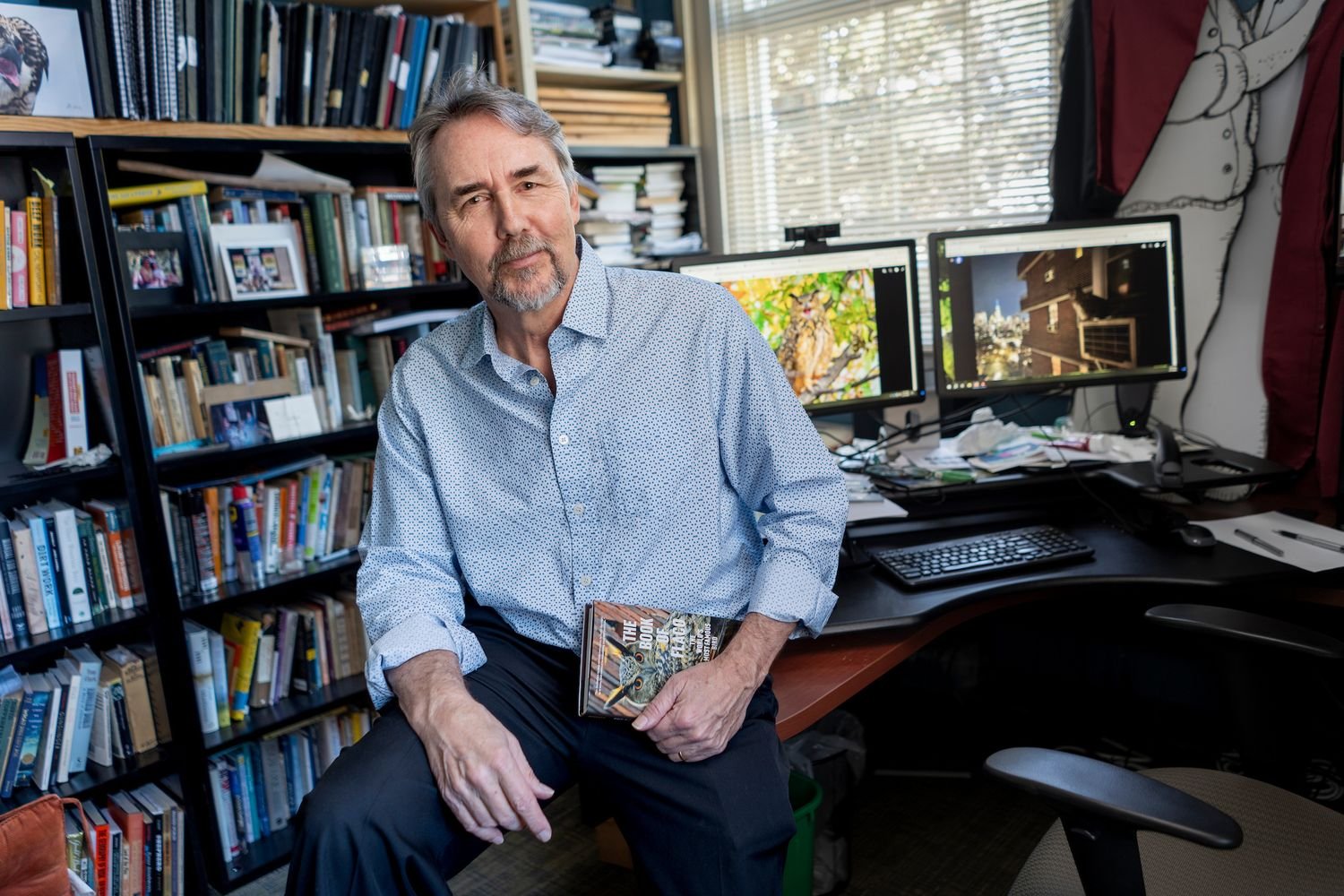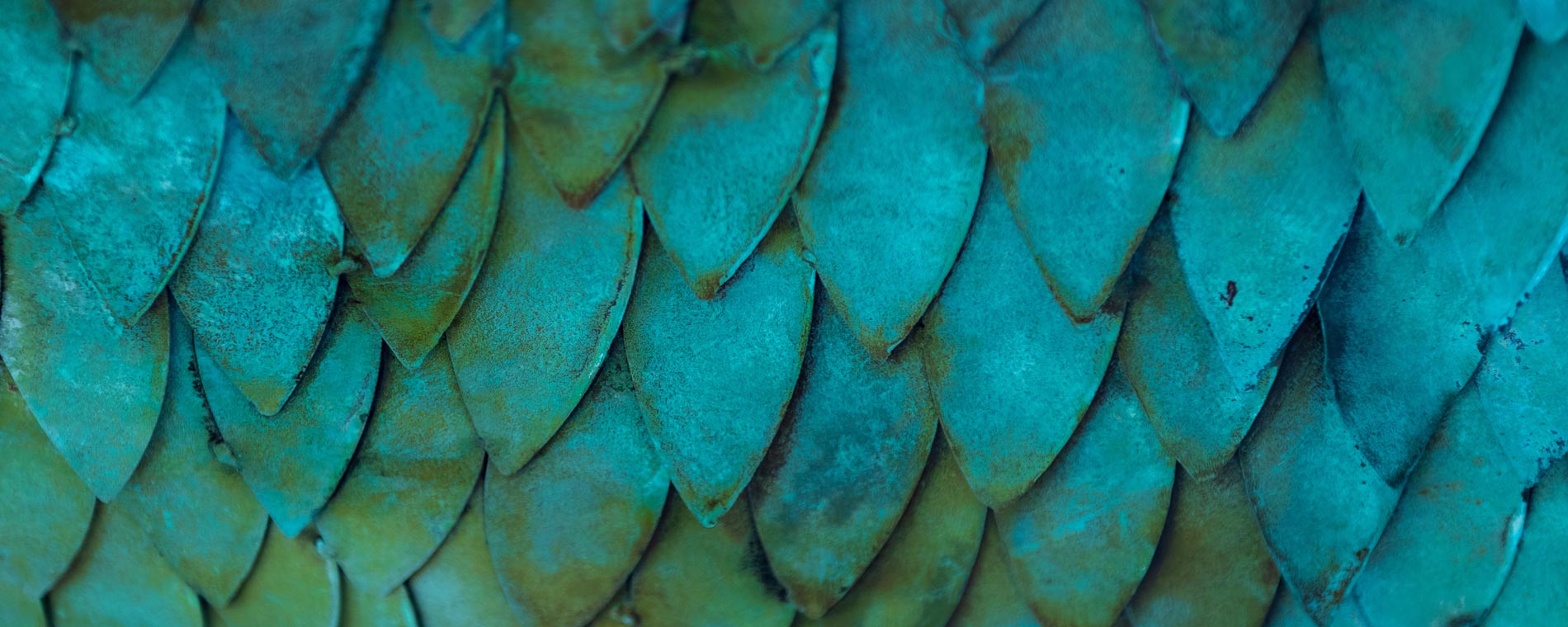UNCW’s Distinguished Professor in Creative Writing talks how Thoreau “ruined his life,” plans for a new environmental writing program and the world’s most famous bird.

Photo: Jeff Janowski/UNCW
Q. Can you tell us about the first time you stepped on UNCW’s campus?
A. Let’s start with when I almost stepped on the UNCW campus. I was flying in from Boston in February 2003 for my interview. The trip was canceled due to snow in ILM. Two or three inches (a real blizzard). When they finally got me down here, they made the strategic move of putting me up at Wrightsville Beach. After my interview, I took a long walk by the water. Saw an osprey dive. I was sold.
Q. Where does your love of nature and environmental writing come from?
A. It comes from both nature itself and books. When my daughter was a baby, my wife and I took her to Walden Pond. As we approached where Henry David Thoreau’s cabin once stood, with my daughter on my shoulders, I said, “That’s where the man lived who ruined your father’s life.” Ruined in a mostly good way...I discovered Walden when I was 16 and never quite recovered.
Q. When did you first conceptualize the environmental writing emphasis in the Creative Writing MFA program that is about to launch?
A. It has been growing for years. Though I have resisted the label of “nature writer”—it seems too limiting—over the years I have begun to write more about the natural world and the fight against our destruction of it. With the climate change crisis, it has never been more relevant.
Q. Your latest book, The Book of Flaco: The World’s Most Famous Bird, chronicles the owl’s escape from the Central Park Zoo and the yearlong odyssey that followed. Did you ever see Flaco when he was alive?
A. I did not. Which made me pause before deciding to write a book about him. But then I remembered Tom Wolfe never went to outer space before writing The Right Stuff. I wrote a book about Teddy Roosevelt, whom I also never met. I tackled the Flaco project in the same way: interviewing everyone I could who had seen him, studying film and going to the places he had been. I also drew on my past experience studying snow owls and ospreys.
Q. While you were attending Harvard College (graduated 1983), your cartoons were published in Harvard Crimson. You have a series on your website. Is drawing a natural extension of your writing talent?
A. I always wanted to be a writer, but I spent more time drawing. My oh-so-practical plan after college was to become a political cartoonist with a newspaper. At the time, there were about 40 cartooning jobs in newspapers across the nation and so went my plan.
This article has the following tags: Seahawk Stories CHSSA - College of Humanities, Social Sciences, & the Arts Arts & Culture Creative Writing myUNCW - Faculty & Staff


